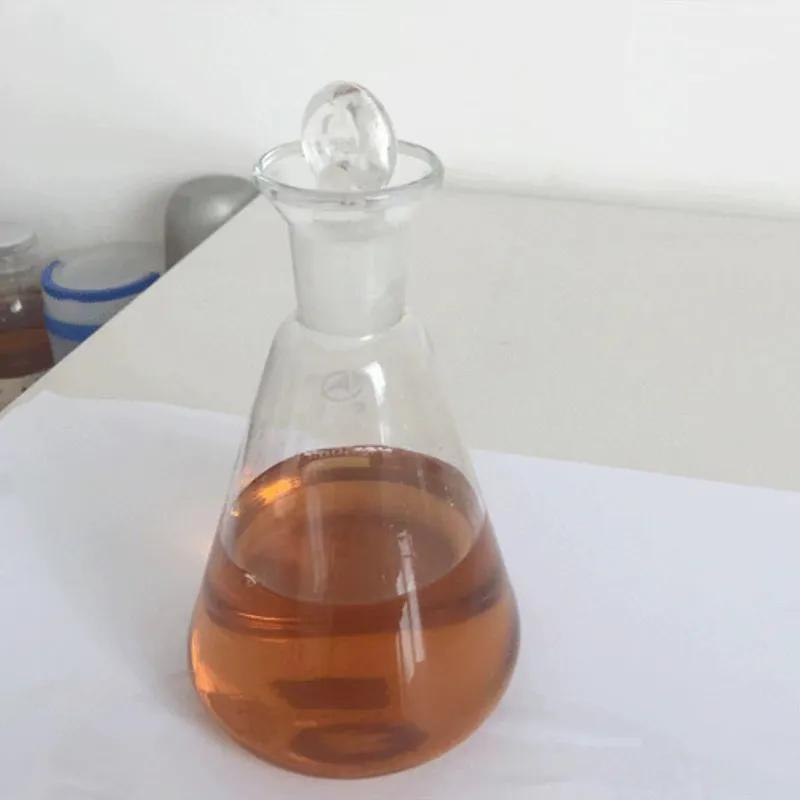
gelling agent ins 407
The Role of Gelling Agents in Food Products A Focus on INS 407
In the realm of food science, gelling agents play a pivotal role in the texture and stability of a wide array of products. Among these agents, INS 407—more commonly known as carrageenan—stands out for its versatility and functional properties. Derived from red seaweed, carrageenan is a natural polysaccharide that has garnered significant attention in the food industry for its gelling, thickening, and stabilizing capabilities.
Carrageenan has a long history of use in various culinary traditions, particularly in regions where seaweed is readily available. Its ability to form gels in the presence of certain ions and under specific conditions has made it a favorite among food manufacturers seeking to enhance the mouthfeel and viscosity of their products. INS 407 is frequently utilized in dairy products, plant-based alternatives, gravies, sauces, and desserts, where texture is a key factor influencing consumer preference.
The Role of Gelling Agents in Food Products A Focus on INS 407
Furthermore, carrageenan is renowned for its ability to create stable gels without the need for refrigeration. This feature is particularly advantageous in ready-to-eat products, as it extends shelf life and improves convenience for consumers. Food manufacturers are increasingly turning to INS 407 as a natural alternative to synthetic gelling agents, aligning with the growing trend toward clean label products that prioritize natural ingredients and transparency.
gelling agent ins 407

However, the use of INS 407 has not been without controversy. Some studies have raised concerns about the potential health effects of carrageenan, suggesting it may trigger gastrointestinal issues in certain individuals. The conflicting results from various research studies have led to a polarized debate within both the scientific community and among consumers. While regulatory bodies such as the Food and Drug Administration (FDA) and the European Food Safety Authority (EFSA) consider INS 407 safe for consumption within established limits, it remains critical for both manufacturers and consumers to stay informed about ongoing research and developments related to food additives.
In response to consumer concerns, many companies are investing in comprehensive testing and transparency initiatives. By providing detailed information about sourcing, processing, and the safety of ingredients like INS 407, manufacturers can foster trust and encourage informed decision-making among consumers. This transparency is essential in an age where consumers increasingly scrutinize product labels and seek out brands that prioritize health and sustainability.
Moreover, as the food industry evolves with changing dietary trends, the function of gelling agents like INS 407 continues to adapt. With the rise of plant-based diets and alternative food products, there is a growing demand for innovative gelling solutions that can bridge the gap between traditional food textures and new dietary preferences. Carrageenan's ability to mimic the mouthfeel of dairy and provide texture to plant-based alternatives positions it well in this expanding market.
In conclusion, INS 407, or carrageenan, serves as a crucial ingredient within the food industry, primarily due to its gelling and stabilizing properties. Its versatility allows for a wide range of applications, while its natural origin appeals to today's health-conscious consumers. As ongoing research sheds light on the safety and efficacy of carrageenan, it will be vital for manufacturers to balance innovation with transparency, ensuring that they meet the evolving needs of consumers in a conscientious manner. Ultimately, gelling agents like INS 407 are not just about enhancing texture—they play an essential role in shaping the future of food.
-
Aluminum Hydroxide: Quality Gels & Dried Gel AntacidNewsAug.31,2025
-
Buy High-Quality Trichloroisocyanuric Acid for Sale | TCCA 90% SupplierNewsAug.30,2025
-
Pure Sodium Dichloroisocyanurate Dihydrate | Powerful DisinfectantNewsAug.29,2025
-
Industrial Chemicals: Quality & Purity for Every IndustryNewsAug.28,2025
-
Nitrile Rubber Honoring Strict Production StandardsNewsAug.22,2025
-
Aspartame Ingredients Honoring Food Safety ValuesNewsAug.22,2025
-
Fertilizer for Balanced Plant NutritionNewsAug.22,2025
Hebei Tenger Chemical Technology Co., Ltd. focuses on the chemical industry and is committed to the export service of chemical raw materials.
-

view more DiethanolisopropanolamineIn the ever-growing field of chemical solutions, diethanolisopropanolamine (DEIPA) stands out as a versatile and important compound. Due to its unique chemical structure and properties, DEIPA is of interest to various industries including construction, personal care, and agriculture. -

view more TriisopropanolamineTriisopropanolamine (TIPA) alkanol amine substance, is a kind of alcohol amine compound with amino and alcohol hydroxyl, and because of its molecules contains both amino and hydroxyl. -

view more Tetramethyl Thiuram DisulfideTetramethyl thiuram disulfide, also known as TMTD, is a white to light-yellow powder with a distinct sulfur-like odor. It is soluble in organic solvents such as benzene, acetone, and ethyl acetate, making it highly versatile for use in different formulations. TMTD is known for its excellent vulcanization acceleration properties, which makes it a key ingredient in the production of rubber products. Additionally, it acts as an effective fungicide and bactericide, making it valuable in agricultural applications. Its high purity and stability ensure consistent performance, making it a preferred choice for manufacturers across various industries.





